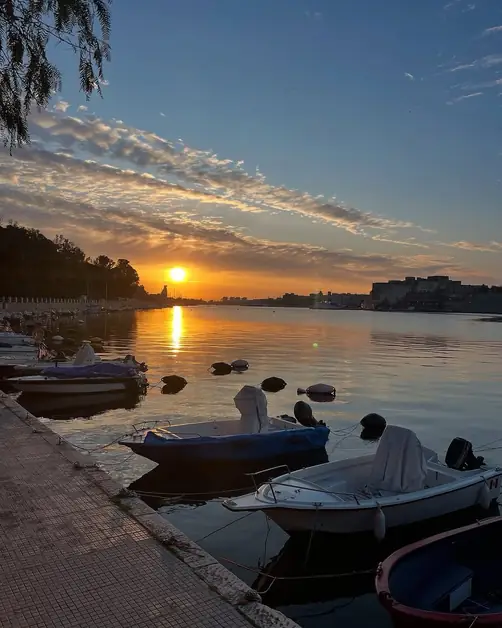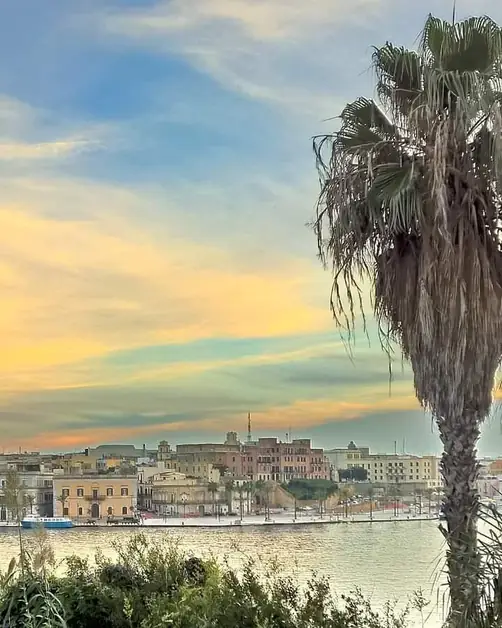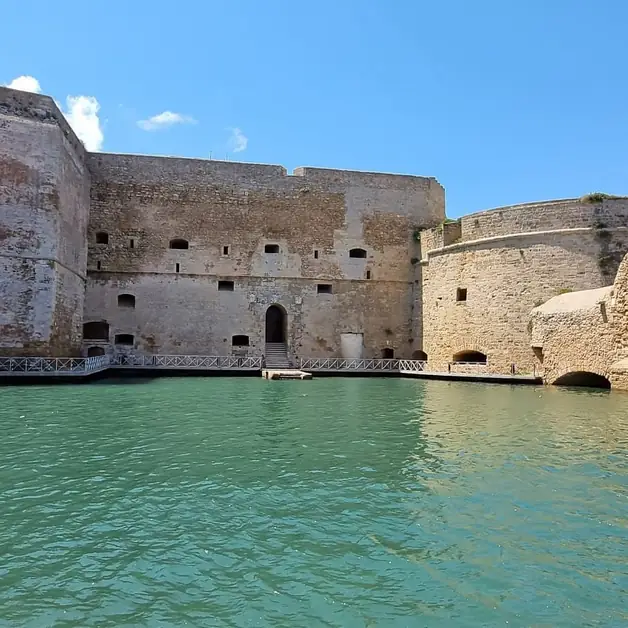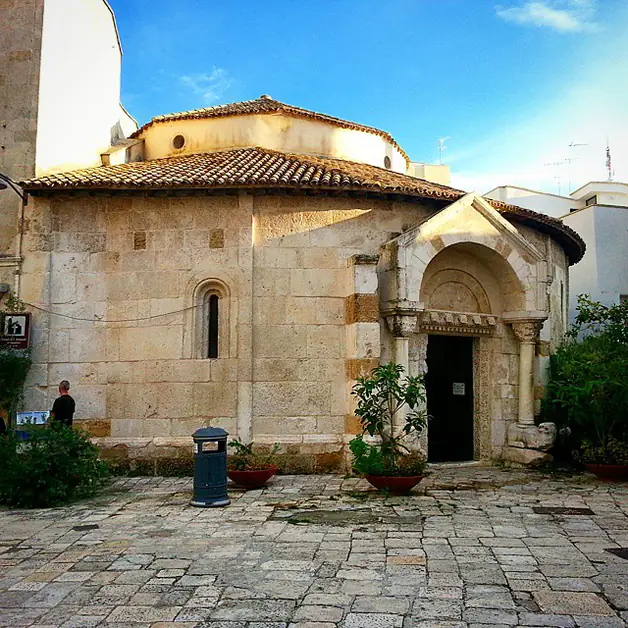Discover the Brindisi Cathedral
The Brindisi Cathedral is an architectural gem that tells centuries of history and spirituality, an unmissable place for every visitor.
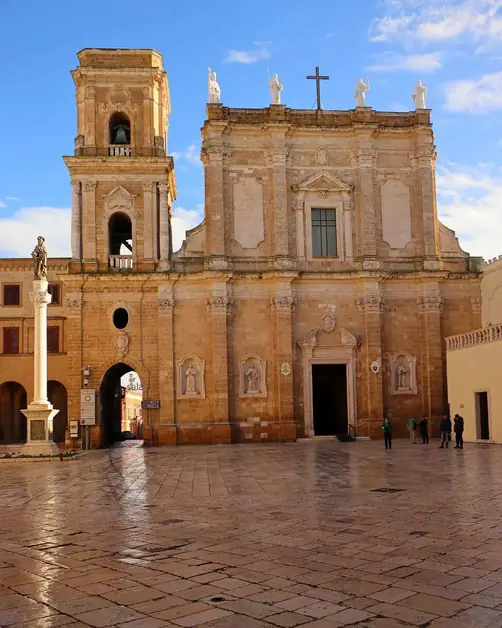
What is the history of the Brindisi Cathedral? The Brindisi Cathedral, also known as the Cathedral of San Giovanni Battista, has its roots in the 11th century. Its construction began during the Norman period and was consecrated in 1089 by Pope Urban II. However, much of the original structure was destroyed by an earthquake in 1743, leading to a reconstruction in Baroque style. Today, the cathedral is a fascinating example of architecture that combines Baroque and Neoclassical elements, making it one of the most significant places in Puglia. What are the architectural features? Upon entering the cathedral, visitors can admire the simple elegance of the three naves, which are spacious and bright. Frescoes and sacred art adorn the walls, creating an atmosphere of great spirituality. One of the most striking elements is the original 12th-century mosaic floor, which is still partially visible and carefully preserved. The warm southern light filters through the windows, enhancing the beauty of the place. What is the experience like inside the cathedral? Inside the cathedral, the silence and coolness offer a refuge from the external heat. Many visitors sit on the wooden benches, enjoying a moment of tranquility and listening to the muffled sounds of the environment. It is an experience that invites reflection and contemplation, allowing one to connect with the history and spirituality of the place. What does the Diocesan Museum offer? On the left side of the cathedral is the Diocesan Museum “Giovanni Tarantini,” which houses valuable liturgical artifacts and objects. The museum is a true window into the religious history of the city, with ancient documents and artworks that tell the story of Brindisi's connection to Christianity. Admission is often free or by donation, making it accessible to everyone. What is the architectural context of the cathedral? The cathedral square is surrounded by historic buildings, such as the Palazzo Balsamo and the portico of the Knights Templar, now home to the Archiepiscopal Library De Leo. This harmonious architectural context invites contemplation and offers numerous opportunities for striking photographs. Every corner of the square tells a story, making the place even more fascinating. What can be seen around the cathedral? Just a few steps from the cathedral are the famous Roman Columns, a symbol of the end of the Appian Way. These columns are among the most photographed points in the city, and their proximity to the cathedral allows for a combined visit to multiple symbolic sites in a short time. Additionally, the nearby tourist port is easily accessible, offering the chance for a stroll along the waterfront. How to reach the cathedral? The cathedral is easily reachable on foot from the historic center. For those arriving by car, there are parking options nearby, such as on via del Mare or via Lata. Those arriving by cruise ships will find the cathedral just a 5-10 minute walk from the docking point. What is the importance of the cathedral to the community? Visiting the Brindisi Cathedral is an experience that combines architectural beauty, millennia of history, and spirituality. Even for non-believers, the cathedral offers a unique emotional impact. During special events, such as the feast of San Giovanni Battista on June 24, the local community gathers for solemn celebrations, providing an opportunity to immerse oneself in the authentic life of the city. What tourist itineraries include the cathedral? The cathedral is a landmark for many tourist itineraries in the historic center. It is often the starting or ending point of guided tours that narrate the history of Brindisi from Roman times to the 20th century. This makes the cathedral not only a place to visit but also a central element in the storytelling of the city.

